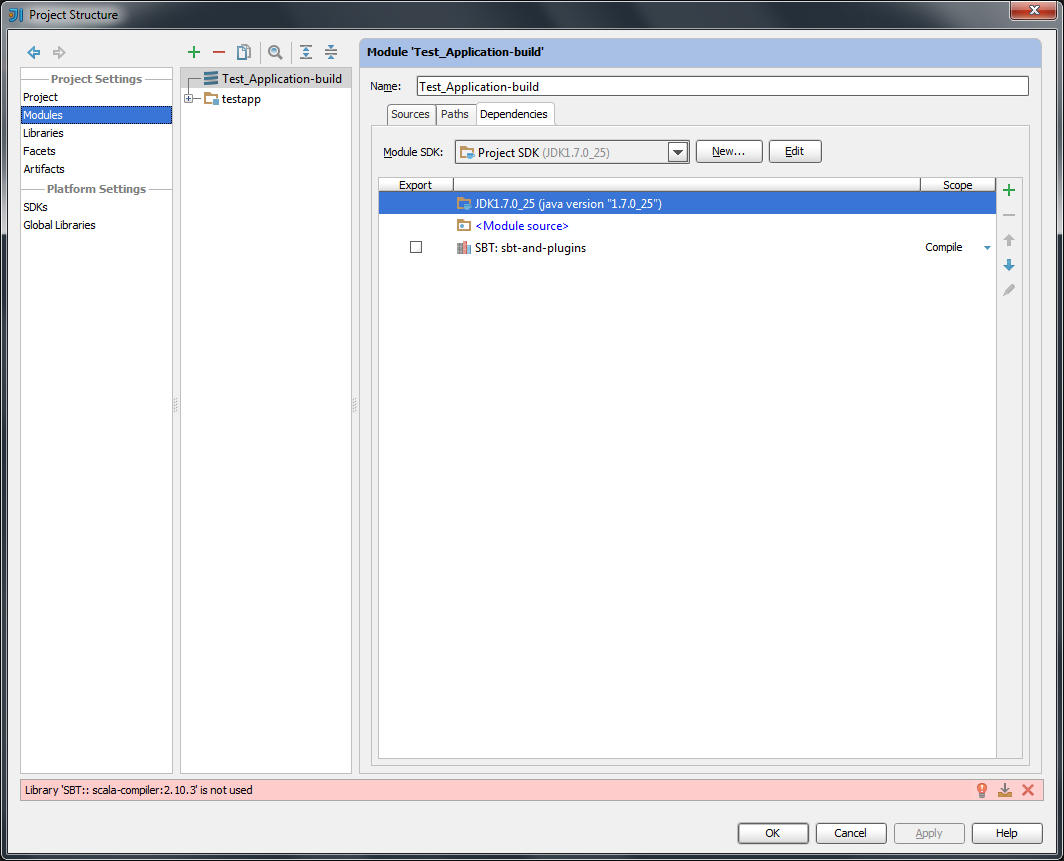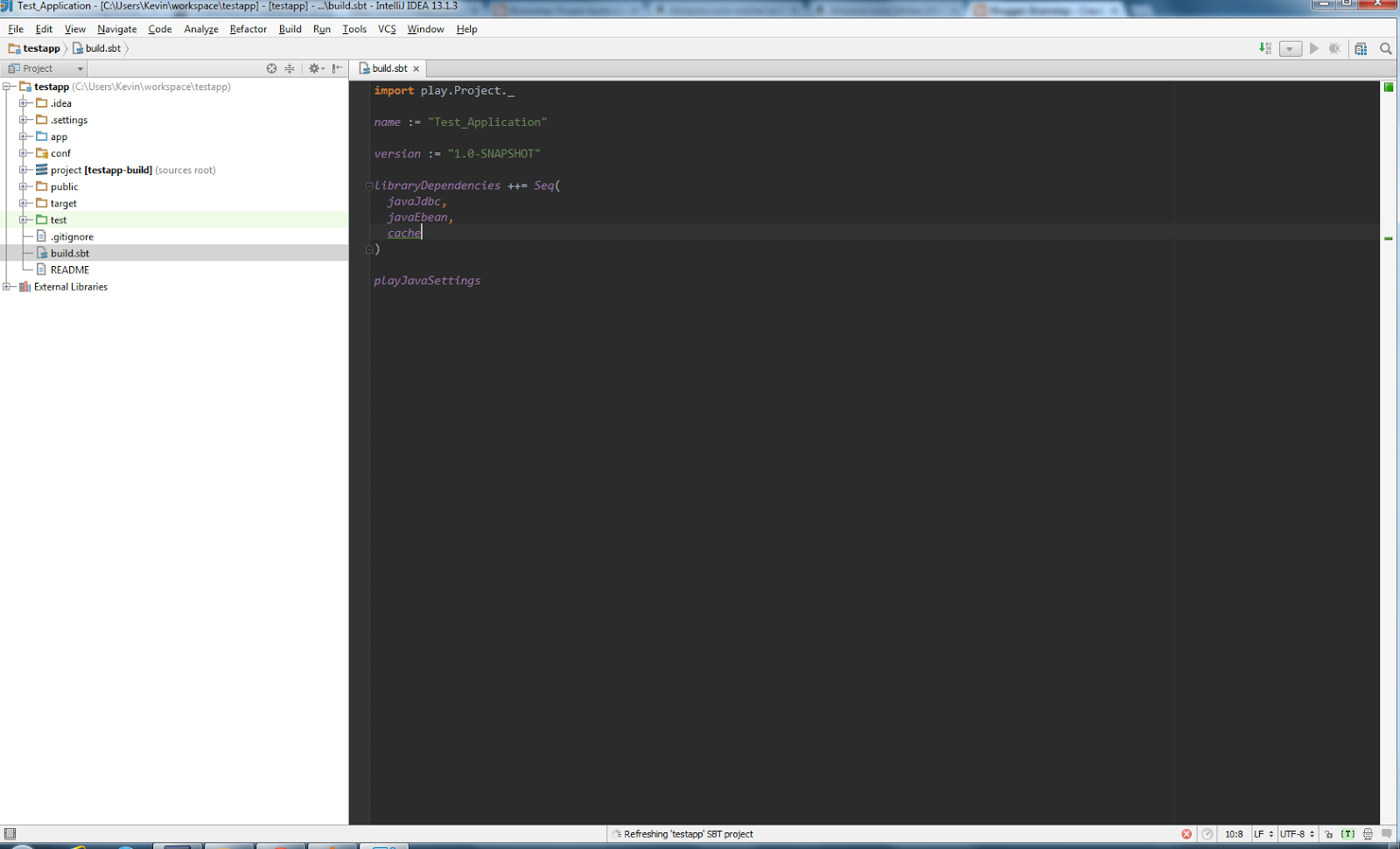A couple months ago I ordered a fried beef pie from a bakery around the block from where I work. Upon reaching back to the office I realized that they erroneously gave me the wrong type of pie, so I returned to the bakery and asked for an exchange. The cashier, with whom I had interacted with almost every day for the past 18 months proceeded to tell me that even though it was the wrong product I've received, they don't do exchanges on purchased items.
What's the difference between these two businesses? The bakery will NEVER receive another cent from me, while the screen protector vendor will actually receive high commendations and wide recommendations from me (provided the replacement batch is good).
That, my fellow business folk, is the difference in customer reaction when your customer service is top notch.
It's about going to great lengths, and sometimes beyond the call, to show your customers how much you care and how much you value their business. Falling short in this area can actually cost you more money not only in the long run, but in the immediate term. Remember, you're not just disrespecting one customer with your bad service, you're disrespecting all 50 of the people that that one customer would have recommended your business to. The inverse remains true.
So remember, no matter what line of business you get in to - fast food, retail, online services, etc. - the customer is king (or queen). Give them your utmost respect and make them feel like their money was well invested and not simply spent.
I got the exchange on my pie though. I wasn't about to allow my $5 to go down the drain.
Update: I got the new batch of screen protectors, and they were awesome! Here's the product in question: http://www.amazon.com/Definition-Protector










